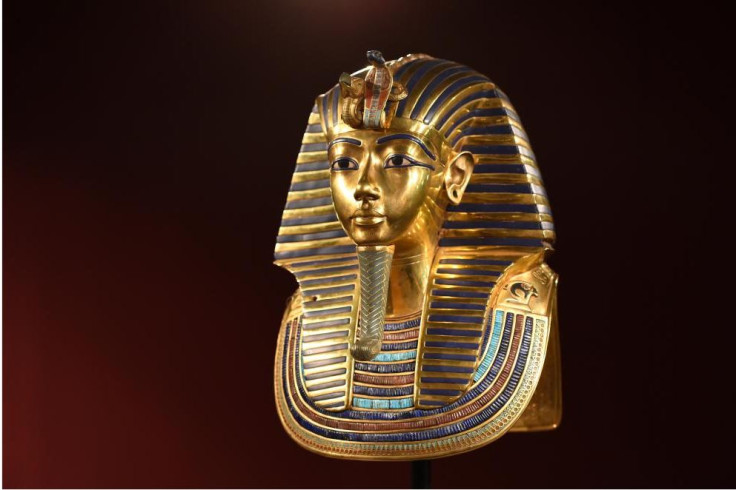Egyptian King Tut's dagger may have come from outer space, claim archaeologists
The study claims that an iron meteorite had crashed into the earth around the same time the dagger was forged.
A recent study published in the Journal of Meteoritics and Planetary Science, may have just revealed the secrets behind King Tutankhamun's mysterious dagger that has remained rust-free despite being made of iron. The dagger was found buried in the pharaoh's tomb in 1925 in Egypt.
Archaeologists and experts of the field had been trying for decades to unearth the details related to its origins and how it was manufactured. The study now claims that the material used to make the dagger may have come from outer space. It could have been from a meteorite that hit the earth around the same time when King Tut lived.
"Meteoritic iron is clearly indicated by the presence of a high percentage of nickel," said Daniela Comelli, the study's main author. It further adds that the dagger has a strong presence of cobalt which supports its "extra-terrestrial origin."
"They were aware that these rare chunks of iron fell from the sky already in the 13th [Century] BCE, anticipating Western culture by more than two millennia," read the report.
The scientists also carried out an X-ray analysis of the dagger which revealed that its golden handle was made using an adhesive material known as lime plaster. The dagger, which is currently safe in the Egyptian Museum of Cairo, was made using a low-temperature technique.
"General forging temperature of steel is above 1,742° F. The dagger was generated by low to moderate temp forging, so the Widmanstätten structure survived during its manufacture," mentions the study.
The dagger was found wrapped in a gold sheath that had a pattern of lilies, feathers, and a jackal's head. Another separate gold blade was also found buried with the king in the tomb.
Ancient Egyptian records claim that a dagger was also gifted to Tutankhamun's grandfather Amenhotep III at his wedding with the daughter of the Anatolian king of Mitanni.
It is said that Tutankhamun, a pharaoh of the 18th Egyptian dynasty had ruled Egypt from 1332 to 1323 B.C. The experts believe that he must have been only nine years old when he took over as the head of the most powerful empire in the world then, per The New York Post.
His tomb was discovered by British archaeologist Howard Carter in 1922 in the East Valley of the Kings near Cairo, and had been there for 3,300 years before being discovered finally with all its treasure still intact.

© Copyright IBTimes 2025. All rights reserved.






















